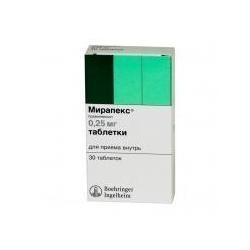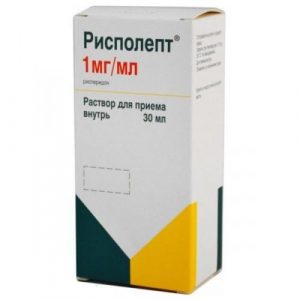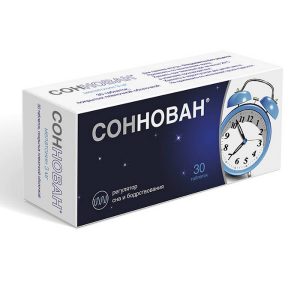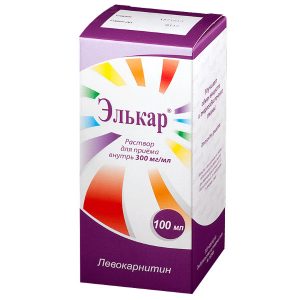Description
Latin name
Mirapex
Release form
Tablets.
Packing
In a package of 30 pieces
Indications
Symptomatic treatment of idiopathic Parkinson’s disease (monotherapy or in combination with levodopa) and idiopathic syndrome of “restless legs”.
Contraindications
hypersensitivity to pramipexole or to any component of the
drug in children (up to 18 years).
Precautions: renal failure, decrease in blood pressure.
Use in pregnancy and lactation
The effect on pregnancy and lactation in humans has not been studied.
The possible effects of pramipexole on reproductive function have been investigated in animal experiments. Pramipexole does not show teratogenicity in rats and rabbits, but at doses toxic to pregnant females it was embryotoxic in rats.
During pregnancy, the drug should be prescribed only if the potential benefit to the mother outweighs the potential risk to the fetus.
Excretion of the drug with breast milk has not been studied. Since pramipexole inhibits the secretion of prolactin, it can be assumed that it also inhibits lactation. Therefore, the drug should not be taken during lactation.
Composition
Tablets1 tab.
active substance:
pramipexole dihydrochloride monohydrate 0.25 mg
1 mg
(equivalent to 0.18 mg or 0, 7 mg of pramipexole base, respectively)
excipients: mannitol starch corn silicon dioxide colloidal povidone magnesium stearate
Dosage and administration of
Mirapex is taken orally. The initial dose at any stage of Parkinson’s disease is 0.375 mg / day in 3 divided doses, if necessary, can be increased, but not more often than every 5-7 days according to the scheme: on the 1st day – by 0.375 mg / day, from the 2nd on the 7th – at 0.75 mg / day, the maintenance dose is 1.5-4, 5 mg / day in 3 divided doses.
Side effects of
From the central nervous system and peripheral nervous system: drowsiness, dyskinesia, hallucinations in some cases – insomnia. With a rapid decrease in the dose of pramipexole, as well as with a sharp withdrawal of the drug, malignant antipsychotic syndrome was observed.
From the digestive system: nausea, constipation.
From the cardiovascular system: in some cases, at the beginning of treatment – arterial hypotension (especially with a gradual increase in dose over too short a time).
Other: in some cases, peripheral edema.
Drug Interaction
When concurrent use of Mirapex and levodopa, dyskinesia may develop (in such cases, the levodopa dose should be reduced).
There is no pharmacokinetic interaction between pramipexole and selegiline.
When administered with cimetidine, there is an increase in the plasma concentration of pramipexole. Other drugs that are secreted by the organic cation transport system in the kidneys may also help to increase the plasma concentration of pramipexole.
Overdose
Symptoms: not installed. There is no clinical experience with a significant overdose of Mirapex. One patient with a 10-year history of schizophrenia took 11 mg / d of pramipexole for 2 days, 2-3 times the recommended daily dose protocol. There were no undesirable effects due to dose increase. BP remained stable, although the heart rate increased to 100-120 beats / min.
Treatment: pramipexole antidote unknown. When symptoms of CNS stimulation occur, neuroleptics, derivatives of phenothiazine or butyrophenone, can be used, however, the effectiveness of these drugs in eliminating the effects of Mirapex overdose has not been evaluated. In the treatment of overdose may require maintenance therapy, gastric lavage, the use of rehydration and detoxification of the body, ECG control.
Storage conditions
The drug should be stored in a dark place at a temperature of 25 ° C (permissible fluctuations from 15 ° to 30 ° C).
Expiration
3 years.
Deystvuyuschee substances
Pramypeksol
Dosage form
dosage form
tablets
Beringer Ingelyhaym, Austria




